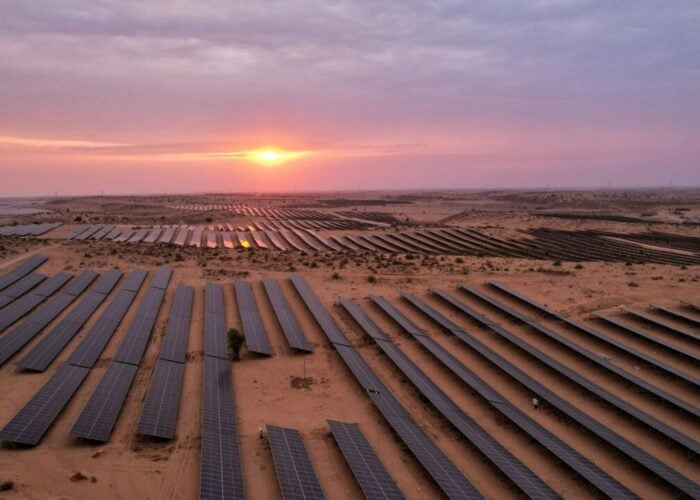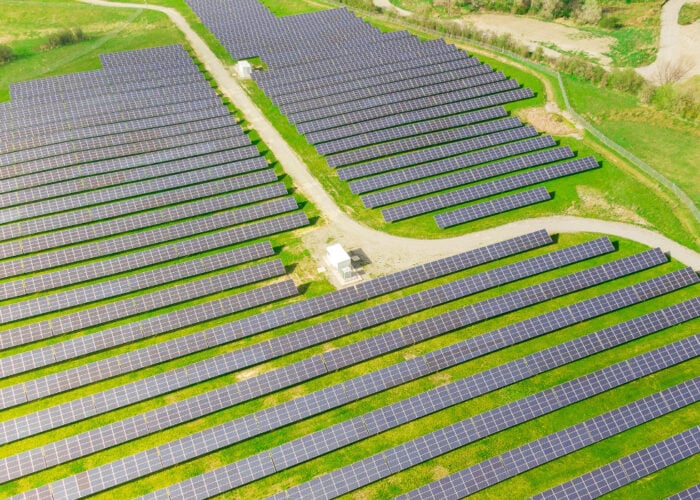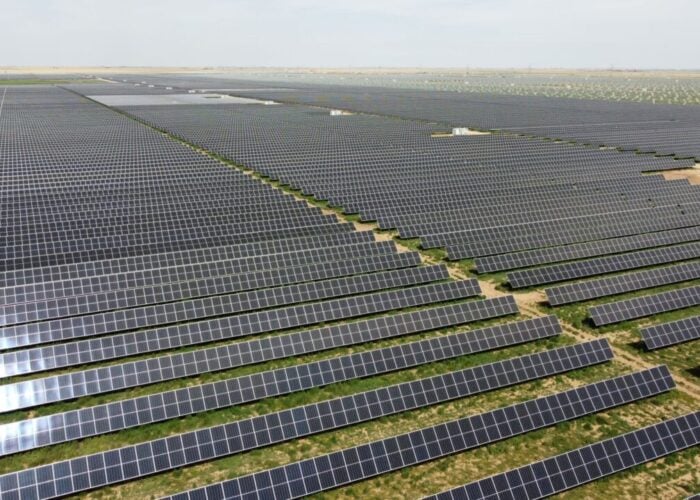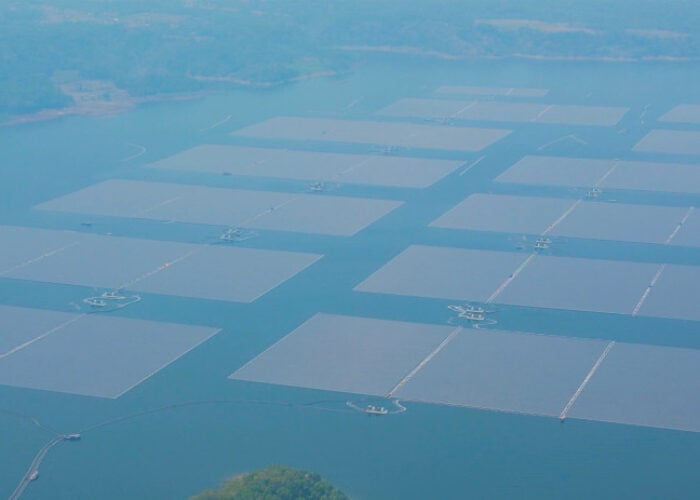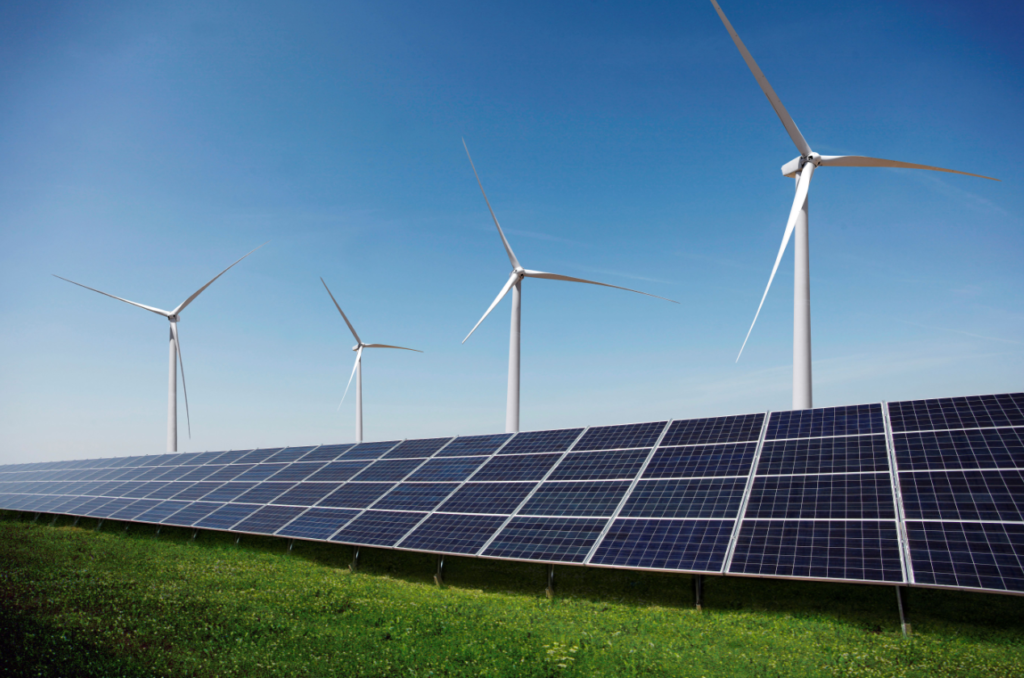
The falling costs of solar and wind power have increased their value as a hedge against wholesale power price fluctuations, but due to market and contractual structures, the benefits to US consumers in the form of lower bills are not always felt.
That is the headline conclusion of a study published last week by the Lawrence Berkeley National Laboratory (LBNL), quantifying the costs of utility-scale solar and wind in the US relative to wholesale market prices.
Unlock unlimited access for 12 whole months of distinctive global analysis
Photovoltaics International is now included.
- Regular insight and analysis of the industry’s biggest developments
- In-depth interviews with the industry’s leading figures
- Unlimited digital access to the PV Tech Power journal catalogue
- Unlimited digital access to the Photovoltaics International journal catalogue
- Access to more than 1,000 technical papers
- Discounts on Solar Media’s portfolio of events, in-person and virtual
Or continue reading this article for free
The study assesses the so-called “net market value” of solar and wind over time, defined as the difference between the cost of replacing solar and wind generation by purchasing electricity in the wholesale markets and the levelised cost of solar and wind electricity (LCOE).
Due to ongoing declines in solar and wind’s LCOEs and significant volatility in wholesale markets, particularly in 2021 and 2022, the study found that the net market value of these two renewable energy generation sources has improved. In 2022, for example, solar generated US$2.1 billion in net value in the US, while wind generated US$100 million.
This implies savings for purchasers and the potential for reductions to consumer energy bills. But as the report notes, the question of whether end-use customers benefit or not through lower bills is down to contractual structures and the sophistication of the purchaser or customer.
For example, in the case of a long-term power purchase agreement (PPA) with a fixed price, the hedge value of solar and wind in the form of lower bills is likely to be passed on to customers.
On the other hand, for fixed-price unbundled renewable energy certificates (RECs), consumers typically pay a premium, meaning the hedge value of solar and wind is less likely to be felt.
The LBNL report said the improved economics of solar and wind are, in some cases, causing purchasers to rethink their contracting practices to ensure retail consumers, particularly residential customers, capture more of the hedge value they can provide.
It recommended more electricity purchasers should consider contracting structures that allow for the improving economics of solar and wind to be passed on to end consumers, such as physical and virtual PPAs and index-based REC contracts that allow for hedge benefits when wholesale prices increase.
‘Grid Value and Cost of Utility-Scale Wind and Solar: Potential Implications for Consumer Electricity Bills’ is available in full here. The publication of the LBNL report follows the publication of a study by Lazard, which found that the range of LCOE across types of electricity generation in the US had tightened.



